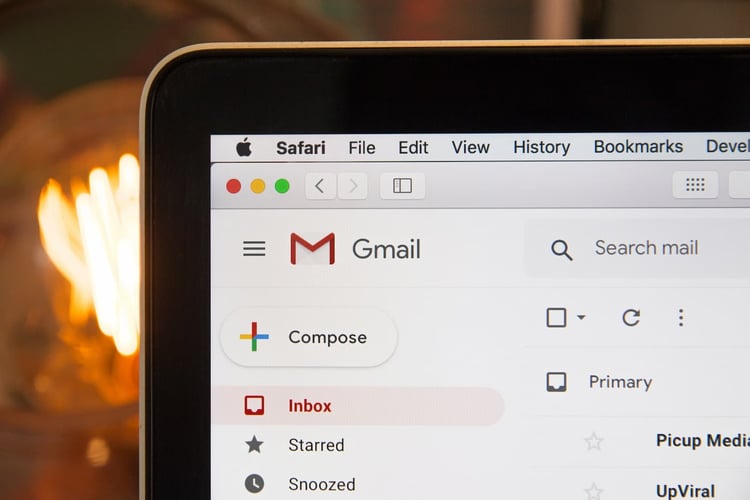Your email signature may be the last thing on your mind when sending sales communications, but it is one of the most cost-effective marketing tools you can use.
A well-written email signature can increase the response rate and client interaction with your business by adding valuable information and a sense of trust and professionalism at the end of every message.
Below are some email signature best practices that will garner more replies, more leads, and more sales. Best of all, these best practices are low effort but potentially hight return.
Include the essentials
The number one best practice for your email signatures is to include all the relevant details.
Your email signature's main purpose is for your recipient to contact you to learn more about your company, product, or service. You should include your business contact details and a link to your website—empowering prospects to get back to you quickly and on the channel of their choosing with questions or concerns about your email.
Including a link to your website is vital because it gives the recipient access to a wide selection of potential next steps. Ideally, from there, they could subscribe to a newsletter, sign up for a free demo, or download your new white paper, moving them deeper into the sales cycle.
Keep it compact
Short and simple is the best way to optimize your email signature. Choose one contact number, one email address, and one website. Aside from keeping the info concise and to the point, ensure that your layout is compact and easy to read. Instead of using a new line for every piece of info, use vertical bars or semi-colons to separate details in a single line.
Below is a best practice example of an email signature's spacing:
Name | Title
Name and address of Company
Phone | Email | Website
Forget about “fake-it-until-you-make-it” locations and phone numbers
Not so long ago, multiple office locations and specific keys (212, 415, and anything that required a 011 for international dialing) area codes were a sign of prestige. It gave you and your business a certain heft to suggest you were more dependable to do business with.
Today, however, even the smallest companies can afford to be distributed over a significant geographical distance. Most anyone can secure an area code from nearly any location and point it to somewhere else.
Multiple office locations and phone numbers in your email signature do not make one look bigger in this new landscape. It just makes you look dated and out-of-touch.
Link to social media ONLY when appropriate
Some companies choose to link to their social media accounts in their signatures. But it’s not for everyone. Linking to social media accounts like Facebook, LinkedIn, or Twitter may be a good idea if many of your products, announcements, and interactions with clients happen on social media.
Limiting links to such pages is best if your company isn’t very active on social networks, posting only a few times per month or less.
Sometimes, it may make sense, especially in sales, to link to your personal LinkedIn account if you're active and it's up to date.
Include additional details
Without making your email signature too long, you can include one or two additional details you want your clients and prospects to see.
Perhaps it’s a link to your blog, a newsletter subscription, a product explainer video on YouTube, or an offer to download your new white paper. This additional information can change as new sales and marketing campaigns are launched. This can help to drive more traffic to specific pages and boost conversions.
Use images cautiously
Images may look cool, but they aren't a best practice for email signatures for a couple of reasons. Images add to the size of your email and may make loading your email slow and difficult for some.
Plus, many email providers don't automatically load images unless you have a known email address. That means they appear as white squares, question marks, or not at all in the recipient's inbox.
If you do use images, use them strategically and sparingly. Don't include any vital information in the image and use alt text for when it doesn't appear.
